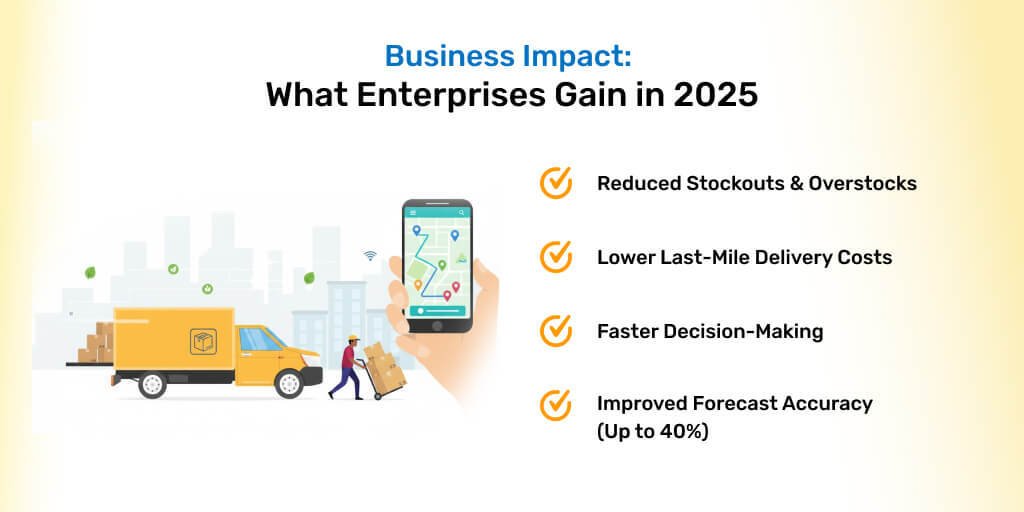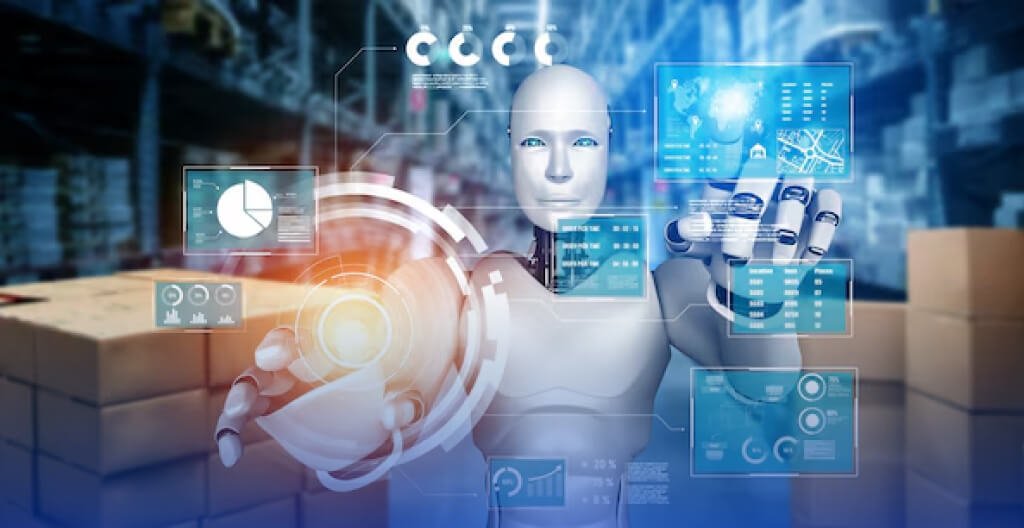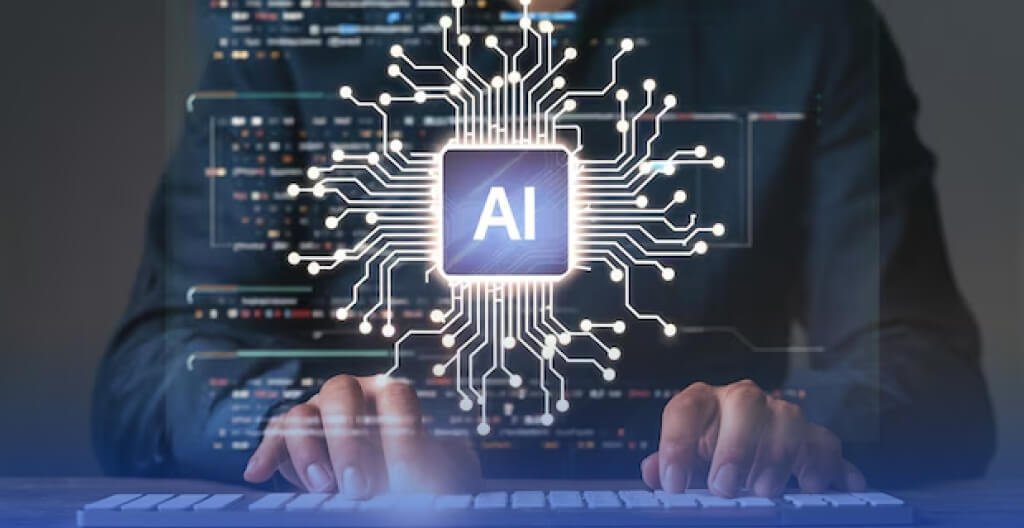As we move into 2025, supply chains are undergoing a fundamental transformation. Moreover, AI-driven forecasting, real-time visibility, autonomous planning, and intelligent scheduling are enabling logistics networks to operate with unprecedented accuracy and speed. Consequently, enterprises can now predict disruptions before they happen, dynamically schedule resources, and automate inventory decisions globally.
This blog therefore breaks down the major advancements shaping the modern supply chain Predictive Logistics, AI Schedulers, and Real-Time Inventory Intelligence supported with real-world references and external links.
Table of Content
Predictive Logistics: From Reactive to Anticipatory Supply Chains
Predictive logistics uses AI and machine learning to forecast demand, identify potential delays, and optimize the movement of goods before problems occur.
Key Capabilities
- SKU-level demand forecasting
- Route disruption prediction (weather, traffic, strikes)
- Dynamic load balancing and re-routing
- Capacity planning across hubs
Industry research firms such as Gartner have highlighted predictive logistics as a top technology driver for 2025.
AI Schedulers: Automating Production, Warehousing & Delivery
AI-based scheduling systems are now core to modern logistics operations.
By using these systems, organizations can automatically assign tasks, plan resources, and adjust schedules in real time.
Production Scheduling
Cycle times are optimized, changeovers are reduced, and production tasks are assigned automatically. This ensures smoother operations and higher efficiency.
Warehouse Scheduling
Intelligent pick-path optimization and workforce allocation improve throughput. In addition, automated dock scheduling reduces bottlenecks.
Fleet & Last-Mile Scheduling
Drivers, delivery windows, and routes are assigned dynamically by AI. Moreover, these adjustments help minimize delays and improve delivery accuracy.
Industry Insight:
Deloitte highlights that AI-led optimization has become essential for enterprises modernizing their supply chains. As a result, companies can achieve better efficiency, lower costs, and faster decision-making.
Real-Time Inventory Intelligence: Zero Blind Spots Across the Network
In addition, real-time inventory intelligence integrates IoT, RFID, POS, ERP systems, and AI-powered analytics to provide a single, accurate view of inventory across all channels.
What It Enables
- Live inventory count across plants & warehouses
- Automated replenishment using predictive models
- Detection of mismatches, shrinkage, and wrong placements
- Intelligent order routing from optimal locations
Global retailers, such as Walmart and Target, are heavily investing in these solutions.
Business Impact: What Enterprises Gain in 2025
Reduced Stockouts & Overstocks-As a result, AI-driven forecasting and continuous visibility dramatically improve inventory health.
Lower Last-Mile Delivery Costs- AI-enabled routing reduces failed deliveries, saving 10–25%.
Faster Decision-Making- Supply chain planners transition from manual processes to real-time autonomous decision-making.
Improved Forecast Accuracy (Up to 40%)- According to industry reports, enterprises are achieving major accuracy improvements.

Real-World Industry Signals (2025)
Amazon: AI-Driven Routing, Robotics & Inventory Placement Amazon is rapidly rolling out new AI-driven robots and autonomous logistics systems.
Walmart & Target: Predictive Inventory & Real-Time Visibility Retail giants use AI to fine-tune replenishment, reducing shortages and saving millions.
Challenges to Address Before Adoption
However, even with clear benefits, enterprises must consider:
- Data quality issues (inaccurate master data, missing signals)
- Integrating siloed systems (ERP, WMS, TMS, POS)
- Need for human-in-the-loop for exceptions
- Cybersecurity risks with connected logistics networks
Skill gaps in AI literacy for planners & operators
Implementation Roadmap: How Enterprises Can Start in 2025
Step 1: Conduct a Data & Inventory Audit-First, identify data sources, gaps, and integrations to build a solid foundation.
Step 2: Start with a Micro-Pilot- Pick one SKU category or region for predictive forecasting.
Step 3: Add IoT, RFID & Telematics Where Needed- Enhance visibility at the warehouse and fleet levels.
Step 4: Deploy an AI Scheduler for One Function- Warehouse or last-mile operations are ideal starting points.
Step 5: Build MLOps + Human Oversight- Set thresholds, prediction models, alerts, and review workflows.
Step 6: Scale Organization-Wide- Measure results across inventory cost, delivery performance & customer satisfaction.
Conclusion
AI is redefining every layer of the supply chain, from forecasting demand to optimizing delivery operations. Enterprises that adopt AI in Supply Chain 2025 will gain faster, smarter, and more resilient supply chains, driving efficiency and customer satisfaction.
Consequently, organizations that invest today will see:
- Improved margins
- Fewer disruptions
- Higher customer satisfaction
A more intelligent, agile supply chain network
Frequently Asked Questions
Predictive logistics utilizes AI/ML models to forecast demand, predict delays, and optimize routing before issues arise, thereby reducing stockouts and improving delivery times.
AI analyses real-time data from IoT, RFID, POS systems, and ERPs to automate replenishment, detect mismatches, and improve accuracy.
AI schedulers automatically assign production, warehouse tasks, and delivery routes based on constraints, traffic, demand spikes, and resource availability.
Retail, e-commerce, logistics, manufacturing, healthcare, and FMCG benefit immediately due to heavy reliance on forecasting and timely operations.
Data quality, legacy integrations, cybersecurity risks, AI skill gaps, and the need for human oversight.
Begin with a data audit → pilot → add IoT/RFID → deploy an AI scheduler → build MLOps → scale across departments.
MAIL US AT
sales@hutechsolutions.com
CONTACT NUMBER
+91 90351 80487
CHAT VIA WHATSAPP
+91 90351 80487
Humantech Solutions India Pvt. Ltd 163, 1st Floor, 9th Main Rd, Sector 6, HSR Layout, Bengaluru, Karnataka 560102



